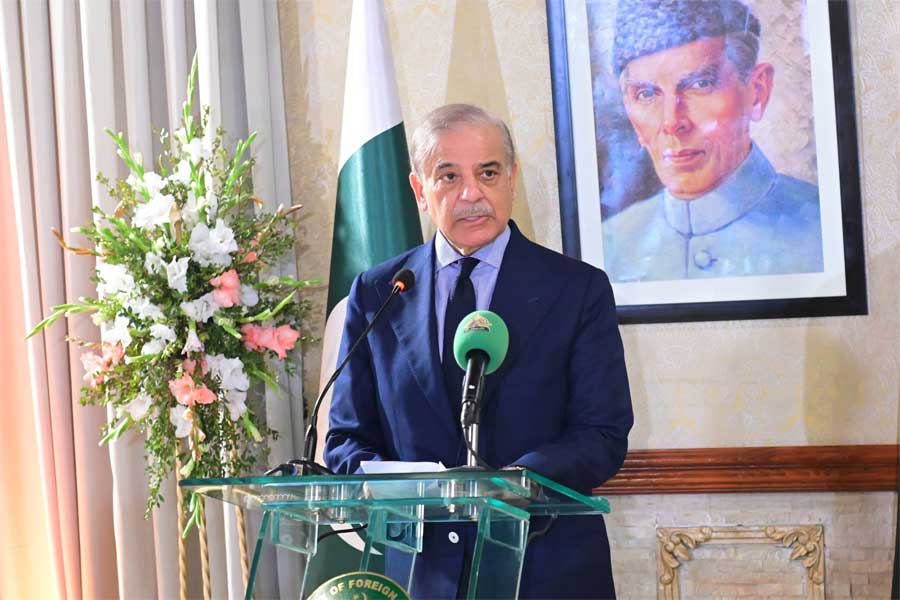
In the realm of international economic cooperation, few initiatives have garnered as much attention and speculation as the China-Pakistan Economic Corridor (CPEC). Often subject to scrutiny and debate, CPEC stands as a beacon of hope for Pakistan’s economic resurgence. While skeptics may raise concerns about the influx of international businesses and its purported negative impact on local enterprises, the reality paints a far more promising picture of opportunities and growth catalyzed by this ambitious undertaking.
Amidst the discourse surrounding CPEC, one cannot overlook its pivotal role in the development of Gwadar, touted as the next Dubai in the making. The port city’s transformation is emblematic of the vast potential inherent in Pakistan’s landscape, a potential that outsiders often perceive more clearly than locals. Minister Sami Saeed’s delineation of completed and ongoing projects underscores the tangible progress facilitated by CPEC, with billions of dollars earmarked for infrastructural enhancements and socio-economic initiatives.
Critics may lament the influx of foreign labor accompanying CPEC projects, yet they fail to acknowledge the employment opportunities and educational prospects extended to Pakistani citizens. Chinese companies offering internships, employment, and scholarships signify a symbiotic relationship between the two nations, fostering collaboration and mutual growth.
A pressing concern for Pakistan has been its energy deficit, a hindrance to industrial productivity and economic stability. CPEC emerges as a beacon of hope, poised to bridge this gap with its ambitious energy projects. The envisaged surplus energy production not only promises domestic rejuvenation but also lays the groundwork for energy exports, bolstering Pakistan’s position as a regional powerhouse.
Central to CPEC’s agenda are the Special Economic Zones (SEZs), strategically positioned to capitalize on local resources and workforce. These zones epitomize efficiency and specialization, driving down production costs and bolstering exports. By strengthening local industries and curbing imports, SEZs hold the key to mitigating Pakistan’s trade deficit and fostering sustainable economic growth.
Foreign Direct Investment (FDI) serves as a barometer of economic vitality, and CPEC has the potential to catapult Pakistan into the global investment arena. The anticipated influx of FDI, coupled with improved regional connectivity and security measures, paints a promising trajectory for Pakistan’s economic landscape. The dividends of CPEC extend beyond national borders, promising to uplift neighboring regions and bolster regional stability.
Amidst the cacophony of skepticism, one cannot overlook the palpable transformation underway in Balochistan. The SEZs poised to catalyze industrial growth and infrastructure development in the region signify a paradigm shift in Balochistan’s economic trajectory. As the wheels of progress set in motion, growth and prosperity beckon on the horizon.
In retrospect, CPEC emerges not merely as a bilateral venture but as a transformative force poised to redefine Pakistan’s economic destiny. Its multifaceted approach, encompassing infrastructure development, energy projects, and industrial revitalization, underscores its potential to usher in a new era of prosperity. As Pakistan embraces the opportunities afforded by CPEC, the journey towards economic renaissance unfolds, paving the way for a brighter future for generations to come.



